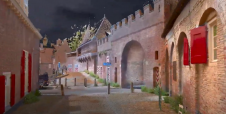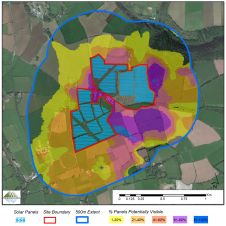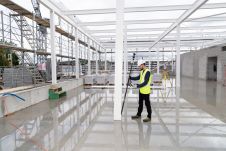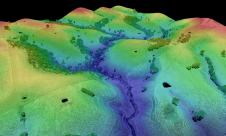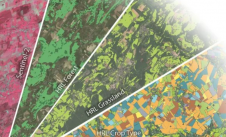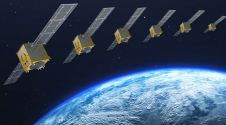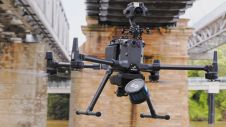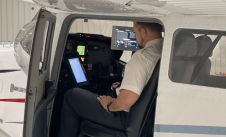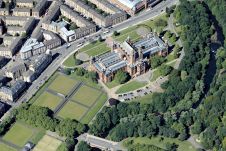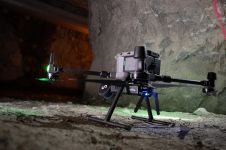Satellite-derived Land/Seafloor Surface Models for Caribbean Disaster Recovery
TCarta, a global provider of marine geospatial products, has delivered pre- and post-disaster surface models for the Caribbean islands of Antigua and Barbuda for use in Hurricane Irma recovery efforts. The satellite-derived surface models contain seamless datasets of onshore elevation and offshore water-depth measurements for each island.
The UK government commissioned the Hurricane Irma disaster mapping for Antigua and Barbuda as part of theCommonwealth Marine Economies Programme. TCarta won a competitive tender, which specifically requested end products derived from satellite imagery.
By specifying satellite-derived data as the deliverable in its tender, the UK government acknowledged the speed and cost advantages this technology offers compared with traditional ship-borne surveying or airborne Lidar collection, according to TCarta CEO David Critchley.
Digital change detection analysis
Hurricane Irma devastated the Caribbean in September 2017. The governments of Antigua and Barbuda requested accurate data for onshore land elevations and offshore water depths from before and after the storm hit. The datasets will be used in digital change detection analyses to determine how Irma altered the surfaces of the land and seafloor. This will be vital information in repairing onshore drainage systems and updating coastal navigation charts.
A seamless onshore-offshore dataset is crucial for the hydrographic computer modelling to accurately visualise the integrated nature of the dynamic terrestrial and near-shore environments, said Critchley.
For the seafloor dataset, the TCarta team generated Satellite Derived Bathymetry products by extracting accurate water depth measurements from high-resolution multispectral imagery acquired by the DigitalGlobe WorldView satellites. In the clear Caribbean waters around Antigua and Barbuda, bathymetric points were delivered on a 2-metre spacing to deeper than 20 meters.
Digital surface models
The TCarta team created digital surface models of the terrain on Antigua and Barbuda, utilising a technique to derive surface elevations at 0.5-metre point spacing from multiple WorldView images captured over the islands. Vegetation was then removed from surface models to yield bare-Earth elevation models.
TCartadelivered the high-quality before-and-after datasets to the UK government which in turn distributed them to scientists on Antigua and Barbuda for damage assessment and planning for the coming hurricane season.
Make your inbox more interesting.Add some geo.
Keep abreast of news, developments and technological advancement in the geomatics industry.
Sign up for free

